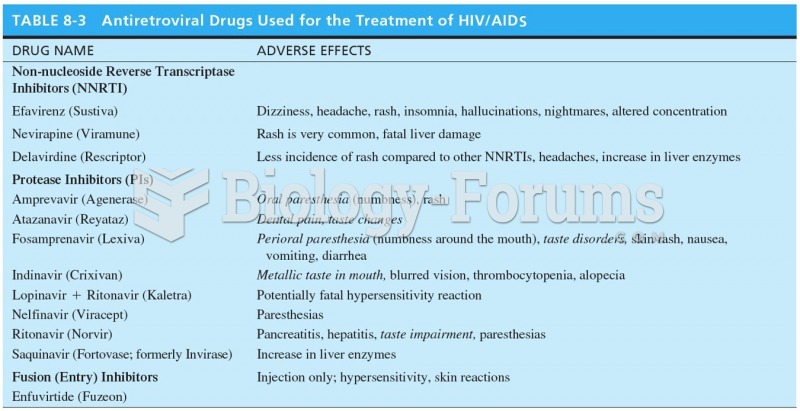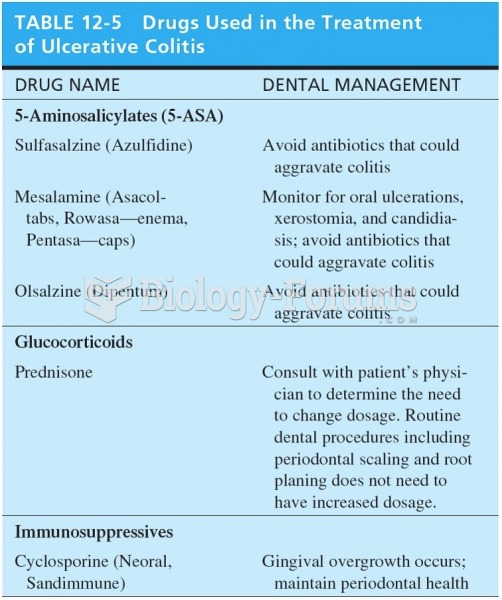Answer to Question 1
Involve the entire family and/or all caregivers.
Encourage family activities that provide everyone with exercise.
Low-fat, low-cholesterol, reduced-sugar diet per age, weight, or BMI and nutritional requirements.
Make healthy eating fun by using bright colors and unique kid-friendly concepts
ex.: ants on a log, incorporate child in meal prep, etc.
Encourage planned meals, especially breakfast. Discourage skipping meals.
Discourage eating while watching television.
Avoid use of food as a reward or punishment.
Stock refrigerator with healthy food and drink choices.
Family should eat meals together as often as possible.
Learn to read food labels for healthier food selections.
Select appropriate portion sizes at home and when eating out.
Reduce number of meals eaten outside the home.
Encourage 30-60 minutes of moderate physical activity most days of the week.
Promote a variety of exercises to prevent boredom or overtraining.
after school activities, active video games
Answer to Question 2
Mitch was started on Lispro 0.5 u every 2 hours until glucose is 150-200 mg/dL. In addition, Mitch was ordered to begin glargine that night at 19 u (9 pm).His established carb-to-insulin ratio was 15:1.
Lispro is a rapid-acting insulin that is taken just prior to meals. It has a peak of action at 30-90 minutes. This is when the insulin is at its full potential to lower blood glucose levels. The onset is 5-15 minutes, meaning at that time, the action of insulin should begin working to lower blood glucose levels. Lastly, it has a duration of 3-5 hours, meaning that is how long these rapid-acting insulin lasts when used with the correct carb-to-insulin ratio, which in this case is 15 g of carbs per unit.
Glargine is a basal insulin, which is why it is taken at night. It covers the baseline blood glucose levels but it is not enough to cover the carbs that are consumed with meals and snacks. There is no peak for basal insulin and the duration is much longer than that of rapid-acting insulin: 20-24 hours. The onset is 2-4 hours.
Since Mitch is non-compliant with taking his medications, it seems unlikely that he will want to stay on insulin because it requires consistent carbohydrate intake throughout the day, carbohydrate counting, and adjusting insulin doses depending on exercise, food consumption, etc. This all takes work and requires much more effort than oral glucose-lowering medications.
However, Mitch needs insulin because his type 2 diabetes is very out of control at the moment. His glucose level at admission was very high, and his HbA1c, or his average blood glucose level, was 11.5. This is considerably over 6.5. According to the American Diabetes Association, when HbA1c is over 9, insulin is recommended immediately or at least will be needed in the future. Glucose-lowering medications only lower HbA1c by a few percentage points. Therefore, insulin is required for Mitch.







